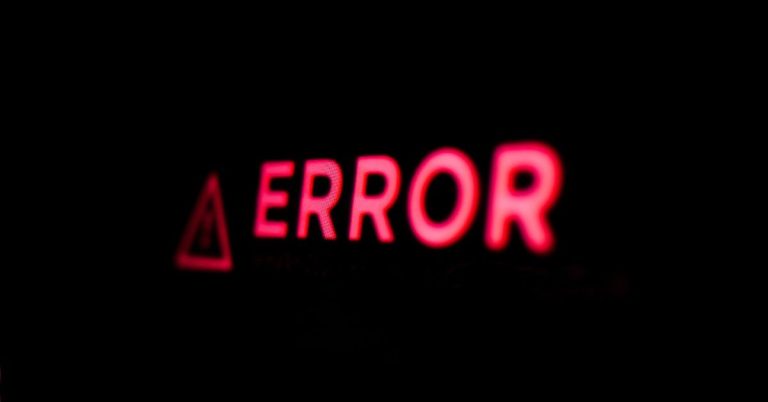Definition of a Business Plan in UK (Overview)
Why do I need a business strategy and what is its purpose?
A business plan is a document that outlines your ideas, vision and strategy for running your business. You’ll use your business plan to answer questions like “How are we different from our competitors?”, “Where does our product come from?”, “Who are our customers?”. And most importantly, you’ll use it to figure out whether your business idea is feasible.
If you’ve been thinking about starting a business, now might be a good time to start planning. If you don’t know where to begin, here are some tips to get you started.
1. Start with your business idea. What problem are you trying to solve? How are you solving it? Who are your target customers? Why are they buying from you instead of someone else?
2. Research your market. Find out what products and services are already being offered. Are there any barriers preventing potential customers from purchasing those products? Is there room for improvement?
3. Create a list of competitors. Make sure you include both online and offline businesses. Do you offer something unique? Can you differentiate yourself from your competition?
4. Write down your business model. This includes everything from pricing to marketing. How much money will you make? Where will your profits go? Will you charge fees upfront or up front plus monthly payments?
5. Determine your financial needs. How much capital do you need to launch your business? How much cash flow will you require once your business starts making money?

What should the purpose of your company strategy be?
Business plans are often used to raise capital, apply for government grants, secure funding for expansion, attract investors and/or customers, etc. They can be written in several different ways, depending on what type of business you run. In general, a business plan includes three major sections:
1. Vision & Mission – This section describes your vision and mission. You’ll use this information to determine why you exist, and how you intend to make money.
2. Strategy – This section outlines your short-, mid- and long-term strategies. For example, it might explain how you intend to increase sales, expand into new markets, etc.
3. Financial Plan – This section explains how much money you need to start up, grow and sustain operations.
A good business plan will include a detailed description of each of these sections.
What should be included in your business plan?
A business plan is a document that lays out everything you know about your idea, including how you intend to make money. You might think that writing one is just too hard, but don’t worry. We’ve got you covered. Here’s our guide to creating a successful business plan.
1. Executive Summary
Your executive summary is the most critical section of your business plan because it tells investors why they should invest in your startup. In fact, it’s the best place to start. Think of it as a short version of your entire business plan. If you’re having trouble coming up with ideas for your executive summary, try brainstorming with your team. Here are some examples of great executive summaries:
• “We’re building a better way to do X.”
• “Our app helps people track their health goals.”
• “We’re changing the way people buy cars by combining technology and design.”
2. Product/Service Description
Why should I alter my business strategy if I already have one?
A business plan is like a road map; it helps you see where you want to go, what obstacles stand in your way, and how far away you are from getting there. You might think that once you complete your initial business plan, you’re finished with it. But don’t count out your plan just yet. There are several reasons why you should update your plan regularly. Here are three of them:
1. Your Plan Will Change Over Time
Your business plan is likely to evolve over time. For example, you might add new products or services to your offering. Or maybe your market changes and customers start buying different things. Whatever happens, make sure your plan reflects those changes. If you’re planning to launch a new product, include information about how many units you’ll sell, how much money you’ll earn, and how long it will take to reach profitability.
2. Your Plan Helps You Measure Progress
If you look closely, you’ll notice that some businesses have a lot of success without ever having written down a formal business plan. However, most successful companies have one. Why? Because writing down your goals and objectives makes it easier to track whether you’re achieving them. By measuring your progress against your plan, you can identify areas where you could improve. This lets you know whether you’re making good decisions or not.
3. Your Plan Keeps You Focused
When you write down your goals and objectives, you’re forced to focus on what really matters. When you keep your plan up to date, you can easily see where you’re falling short and what needs to be changed. You can use this knowledge to set yourself straight and ensure that you’re always focused on the right priorities.
Frequently Asked Questions
What Is the Difference Between an Estimate and a Proposal?
A proposal is a written document that outlines how you’ll help a prospective customer solve a problem. A proposal explains why you’re the best choice for the job and what you’ll do to make it happen. It includes information about your experience, the scope of work, and the deliverables. You might write a proposal for a single task, such as writing a report or creating a logo. Or you could write one for a larger project, like designing a whole website.
An estimate is a document used to determine the cost of a project. An estimate describes the amount of money needed to complete a certain task. For example, you might use an estimate to figure out how many hours it would take to build a house. Estimates are often less detailed than proposals. They don’t include everything you’d want to know about a project. Instead, they focus on the most important aspects of the project.
You might use an estimate to calculate the price of materials required for a home renovation. Or you might use an estimate for a large construction project, like building a skyscraper. In either case, the estimate gives you a ballpark idea of how much the project will cost.
The difference between a proposal and an estimate depends on the type of project you’re working on. If you’re estimating the total cost of a project, keep things simple. Include just enough information to give a rough estimate. Don’t go into too much detail about each step of the process. You won’t need to write a full proposal. And you definitely don’t need to write an elaborate estimate.
If you’re proposing a project that involves several steps and requires more information, write a proposal. Use the same format as a proposal. Write down the name of the person you’re contacting, the date, and the purpose of the letter. Explain why you think you’re the best candidate for the job. Include the scope of the project, including the number of people involved and the types of skills needed. Finally, describe the deliverables you’ll produce and how long it will take to complete them.
And remember, a proposal isn’t always a requirement. Sometimes you can prove your worth without a proposal. If you’ve built a good reputation over the years, clients might assume you’re capable of completing a project successfully. So, if you can show off previous successful projects, they might decide to hire you without a formal proposal.
What Are the Types of Business Proposals?
Business proposals vary widely depending on industry and type of business. There are three main types of proposals that most businesses use:
1. Service-Based
2. Product-Based
3. Mixed
Service-based companies offer products or services directly to customers. Examples include plumbers, lawyers, architects, interior designers, and accountants. In this case, the proposal is usually a one-page document describing what the customer needs and how the company will deliver it.
Product-based companies sell physical goods like clothing, furniture, food, and electronics. These companies often provide detailed descriptions of the product, including features, benefits, and specifications.
Mixed businesses offer both types of products and services. They might do plumbing work during the day and offer home design services at night. This type of proposal combines the structure of a service-based proposal with the detail of a product-based proposal.






